Like most other pioneers of Britain's motorcycle industry Excelsior fitted European manufacturers' proprietary engines at first, before turning to home-produced powerplants - mainly Villiers, JAP, and Blackburne. Acquired by R Walker & Sons in 1919, Excelsior moved from Coventry to Birmingham. The Walkers believed in the value of racing for development and publicity, and the revitalised company was soon making its mark in competition, early successes including a number of World Records set at Brooklands by Tony Worters on 250 and 350 JAP-engined machines in 1926. Its relatively small size meant that Excelsior could not compete with the likes of Rudge and Norton in the Junior and Senior classes, but in the Lightweight division the marque was a force to be reckoned with throughout the 1930s. Excelsior’s first Isle of Man TT victory came in 1929, Syd Crabtree winning the Lightweight event, and the firm lost no time in marketing a TT Replica model. Like Crabtree’s works racer, the TT Rep used a proprietary JAP engine, as did many of Excelsior’s rivals. Reasoning that further racing successes might become increasingly difficult without exclusive access to its own engines, Excelsior commissioned Blackburne to produce a suitable design. The result was the ‘Mechanical Marvel’, so called because of the astonishing complexity of its valvegear. The latter consisted of four valves, radially disposed in the bronze cylinder head and opened via pushrods situated fore and aft of the cylinder by twin camshafts mounted in the crankcase. In the 1933 Isle of Man TT 250 Lightweight race, Excelsior works rider Walter Handley romped away from the field only to be forced to retire, letting team mate Syd Gleave on another ‘Mechanical Marvel’ through to win. The early history of this particular Mechanical Marvel is unknown prior to 1947, when it was pictured in the 12th June edition of Motor Cycling magazine fitted with a McCandless swinging arm conversion. Ronnie Mead had been scheduled to ride the machine until sidelined by an accident, resulting in his replacement by one S Miller (not to be confused with Sammy Miller). This machine appeared again in the 3rd July edition of Motor Cycling. On display in a private collection for the last several years, it will require re-commissioning prior to further use. A set of Webb girder forks and an Excelsior front wheel come with the machine, enabling it to be returned closer to original specification should a future owner so desire. Its outstanding 1933 TT success notwithstanding, the costly Mechanical Marvel did not represent a viable design for privateer racers, let alone mass production, and at the end of the 1934 season the Tyseley firm opted for a simpler design - the Manxman. Only half-a-dozen Mechanical Marvels were ever made, and although the model proved ultimately to be a developmental ‘blind alley’, its unexpected 1933 TT victory remains one of the most sensational debuts in the history of motorcycle racing.
Like most other pioneers of Britain's motorcycle industry Excelsior fitted European manufacturers' proprietary engines at first, before turning to home-produced powerplants - mainly Villiers, JAP, and Blackburne. Acquired by R Walker & Sons in 1919, Excelsior moved from Coventry to Birmingham. The Walkers believed in the value of racing for development and publicity, and the revitalised company was soon making its mark in competition, early successes including a number of World Records set at Brooklands by Tony Worters on 250 and 350 JAP-engined machines in 1926. Its relatively small size meant that Excelsior could not compete with the likes of Rudge and Norton in the Junior and Senior classes, but in the Lightweight division the marque was a force to be reckoned with throughout the 1930s. Excelsior’s first Isle of Man TT victory came in 1929, Syd Crabtree winning the Lightweight event, and the firm lost no time in marketing a TT Replica model. Like Crabtree’s works racer, the TT Rep used a proprietary JAP engine, as did many of Excelsior’s rivals. Reasoning that further racing successes might become increasingly difficult without exclusive access to its own engines, Excelsior commissioned Blackburne to produce a suitable design. The result was the ‘Mechanical Marvel’, so called because of the astonishing complexity of its valvegear. The latter consisted of four valves, radially disposed in the bronze cylinder head and opened via pushrods situated fore and aft of the cylinder by twin camshafts mounted in the crankcase. In the 1933 Isle of Man TT 250 Lightweight race, Excelsior works rider Walter Handley romped away from the field only to be forced to retire, letting team mate Syd Gleave on another ‘Mechanical Marvel’ through to win. The early history of this particular Mechanical Marvel is unknown prior to 1947, when it was pictured in the 12th June edition of Motor Cycling magazine fitted with a McCandless swinging arm conversion. Ronnie Mead had been scheduled to ride the machine until sidelined by an accident, resulting in his replacement by one S Miller (not to be confused with Sammy Miller). This machine appeared again in the 3rd July edition of Motor Cycling. On display in a private collection for the last several years, it will require re-commissioning prior to further use. A set of Webb girder forks and an Excelsior front wheel come with the machine, enabling it to be returned closer to original specification should a future owner so desire. Its outstanding 1933 TT success notwithstanding, the costly Mechanical Marvel did not represent a viable design for privateer racers, let alone mass production, and at the end of the 1934 season the Tyseley firm opted for a simpler design - the Manxman. Only half-a-dozen Mechanical Marvels were ever made, and although the model proved ultimately to be a developmental ‘blind alley’, its unexpected 1933 TT victory remains one of the most sensational debuts in the history of motorcycle racing.
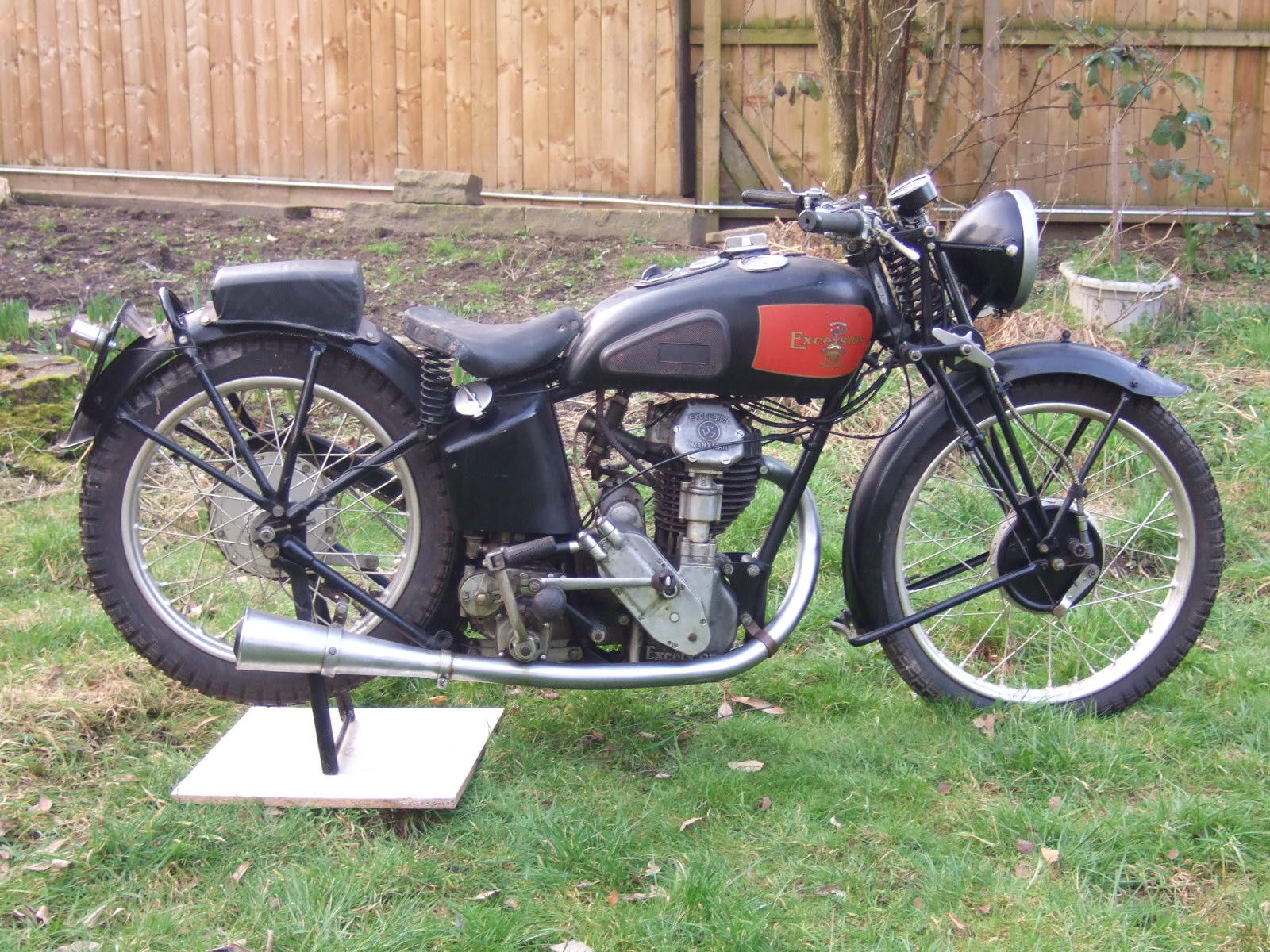
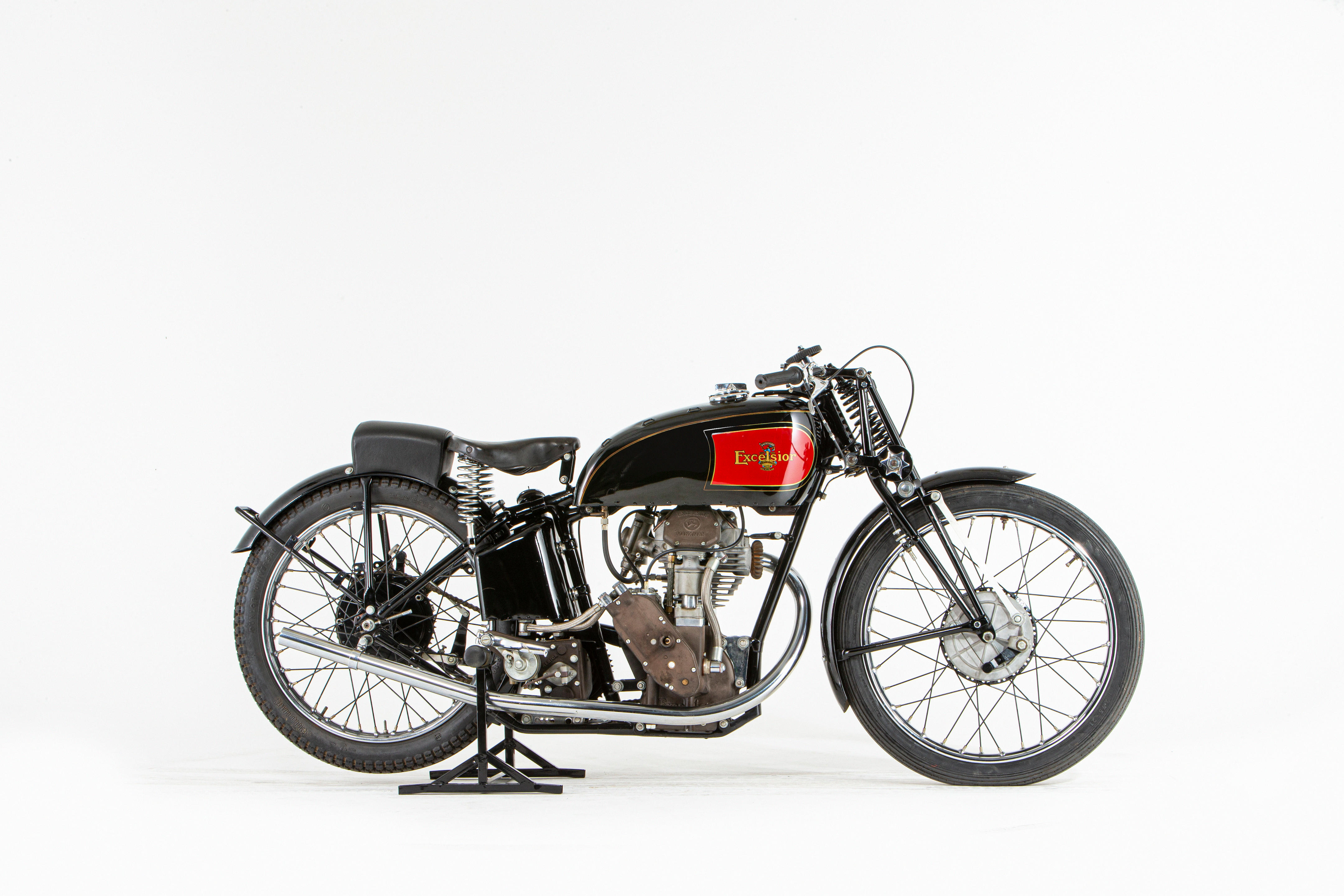
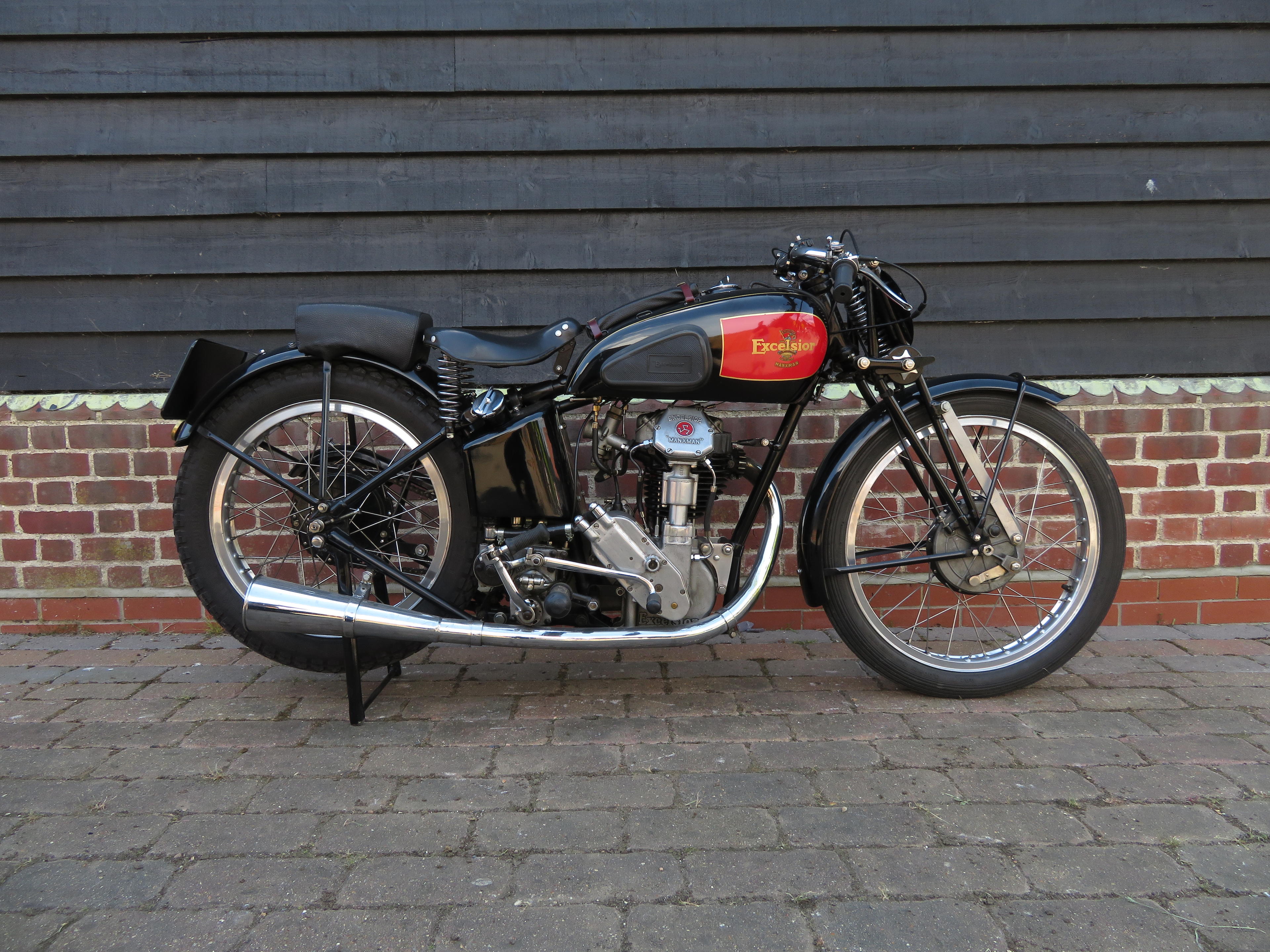

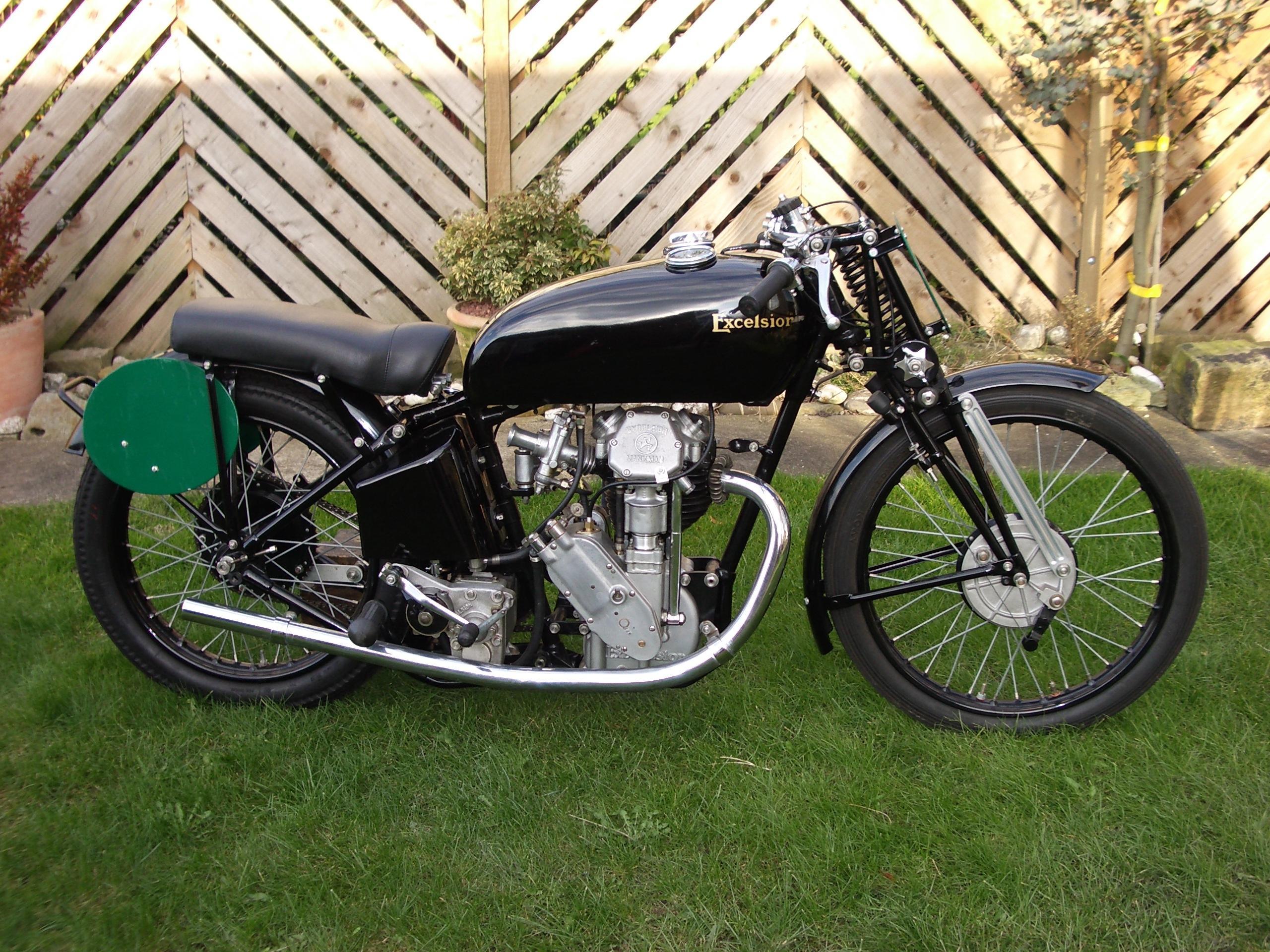
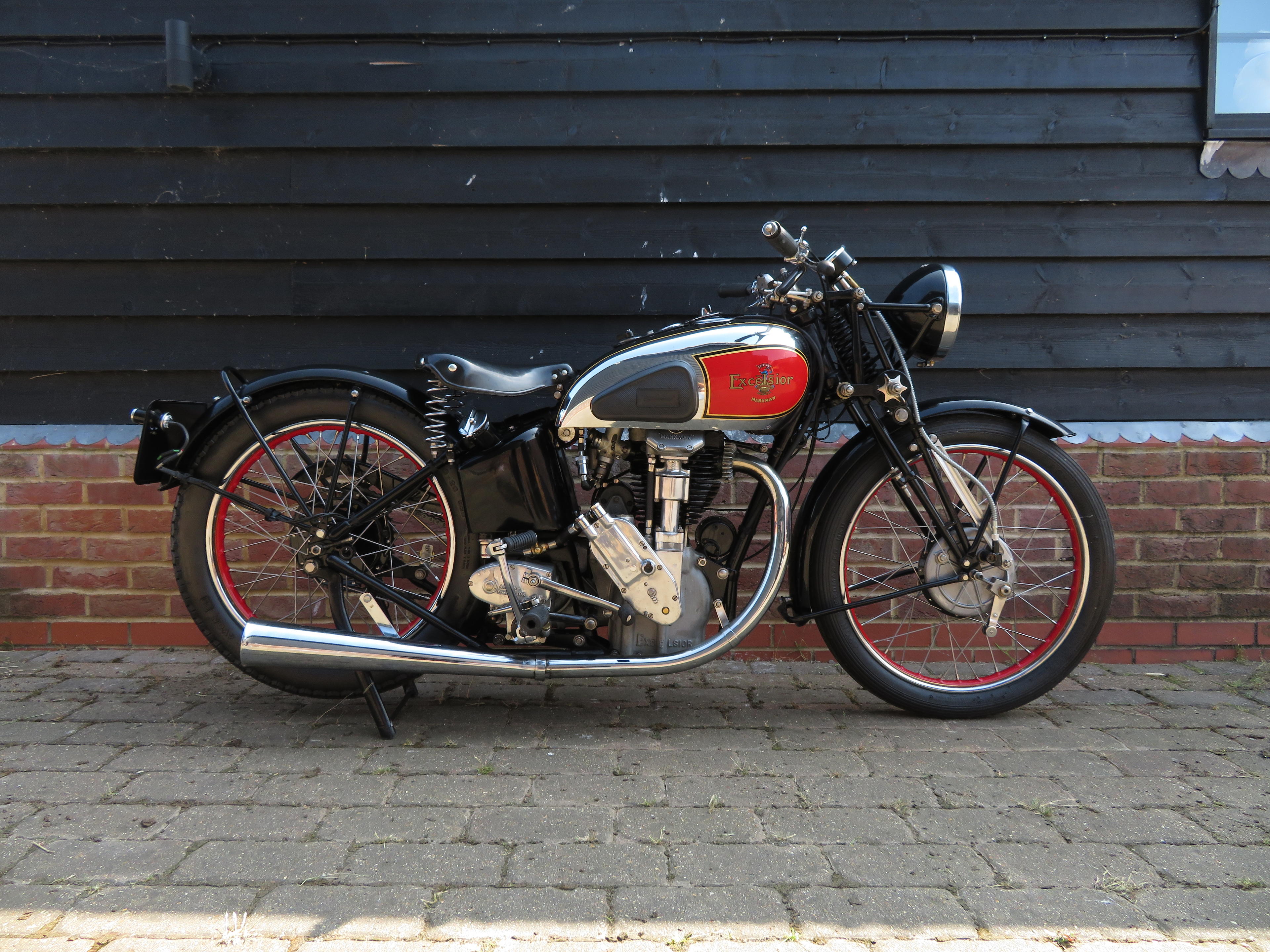
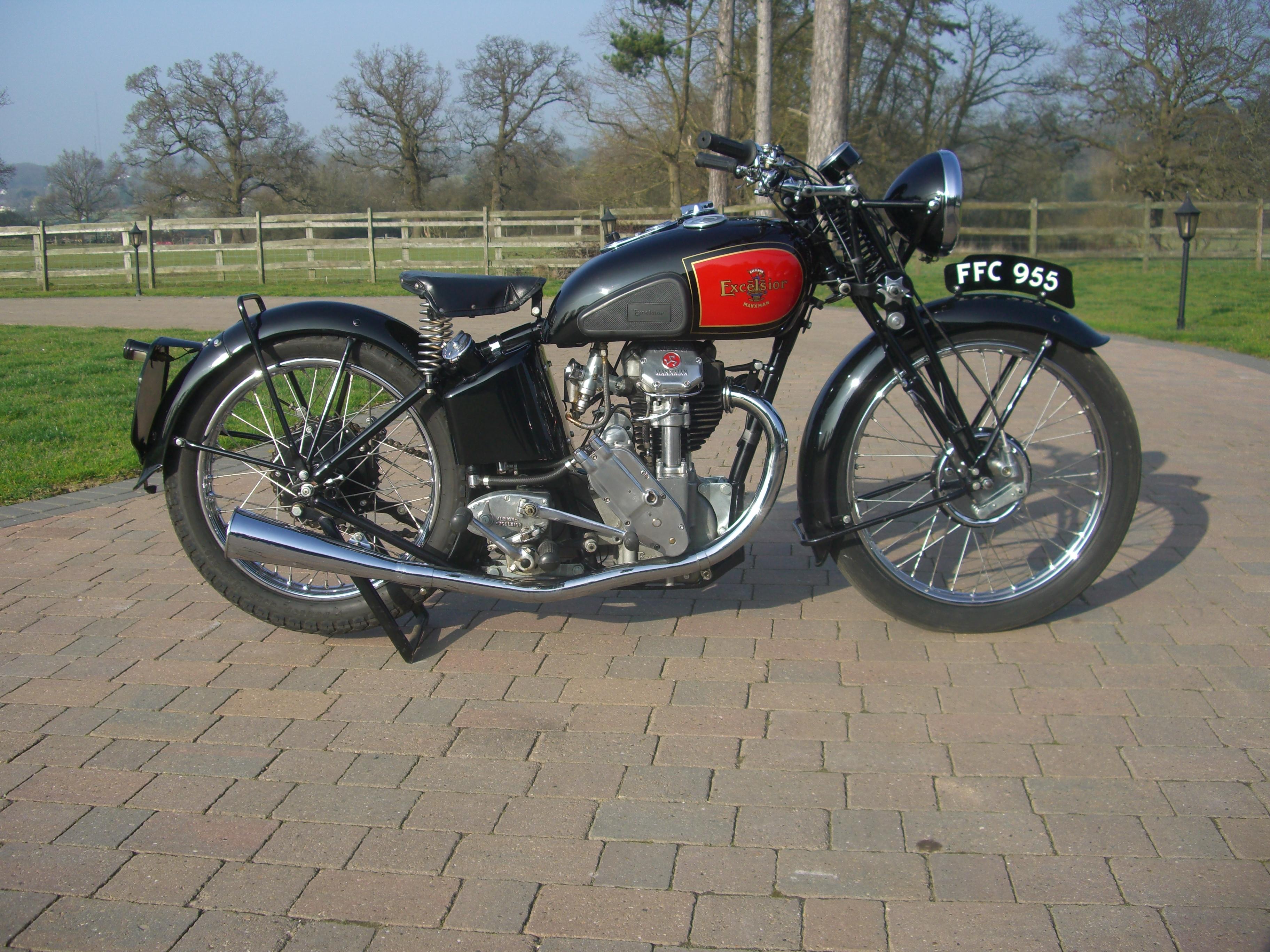
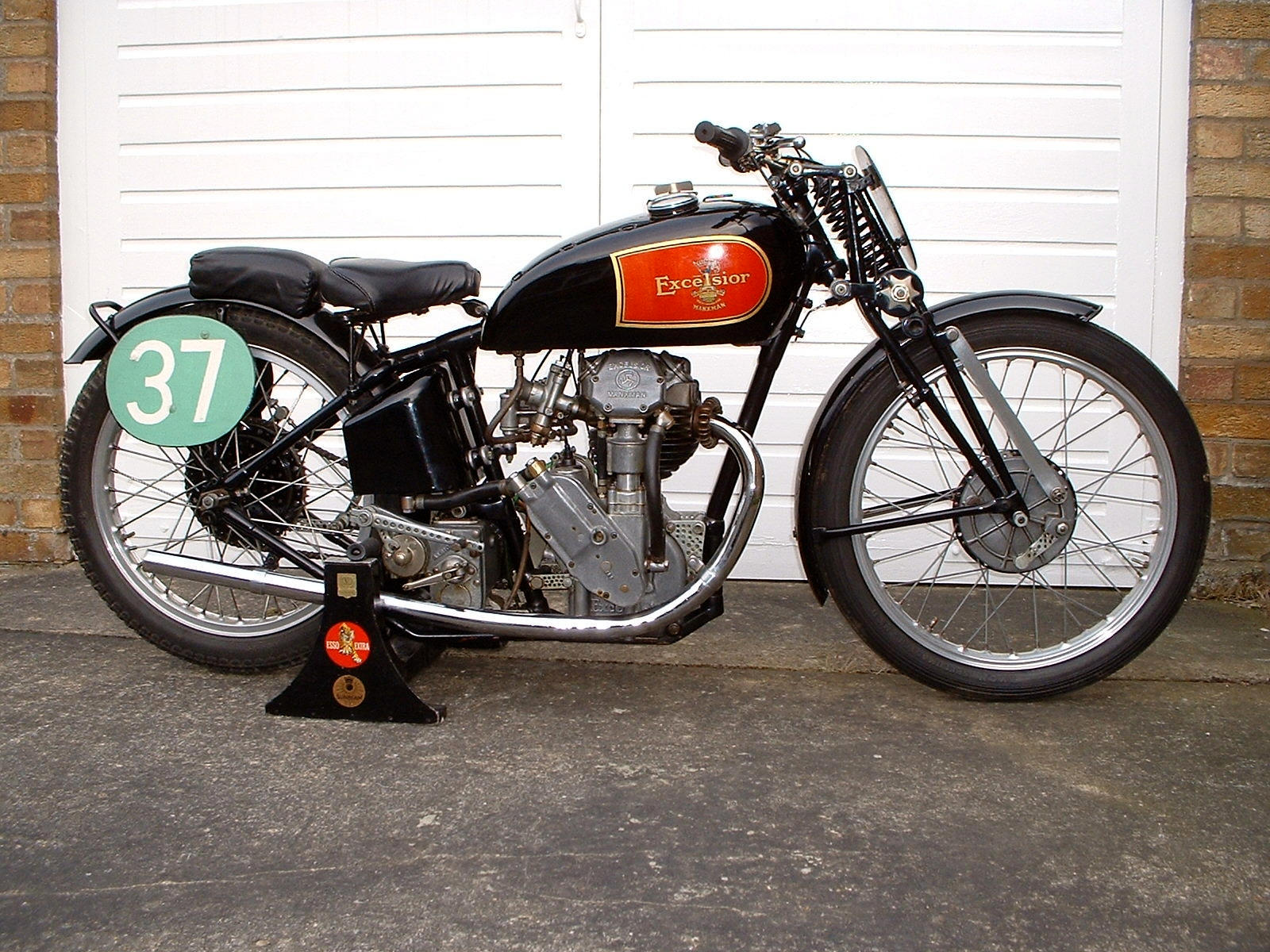

Testen Sie LotSearch und seine Premium-Features 7 Tage - ohne Kosten!
Lassen Sie sich automatisch über neue Objekte in kommenden Auktionen benachrichtigen.
Suchauftrag anlegen